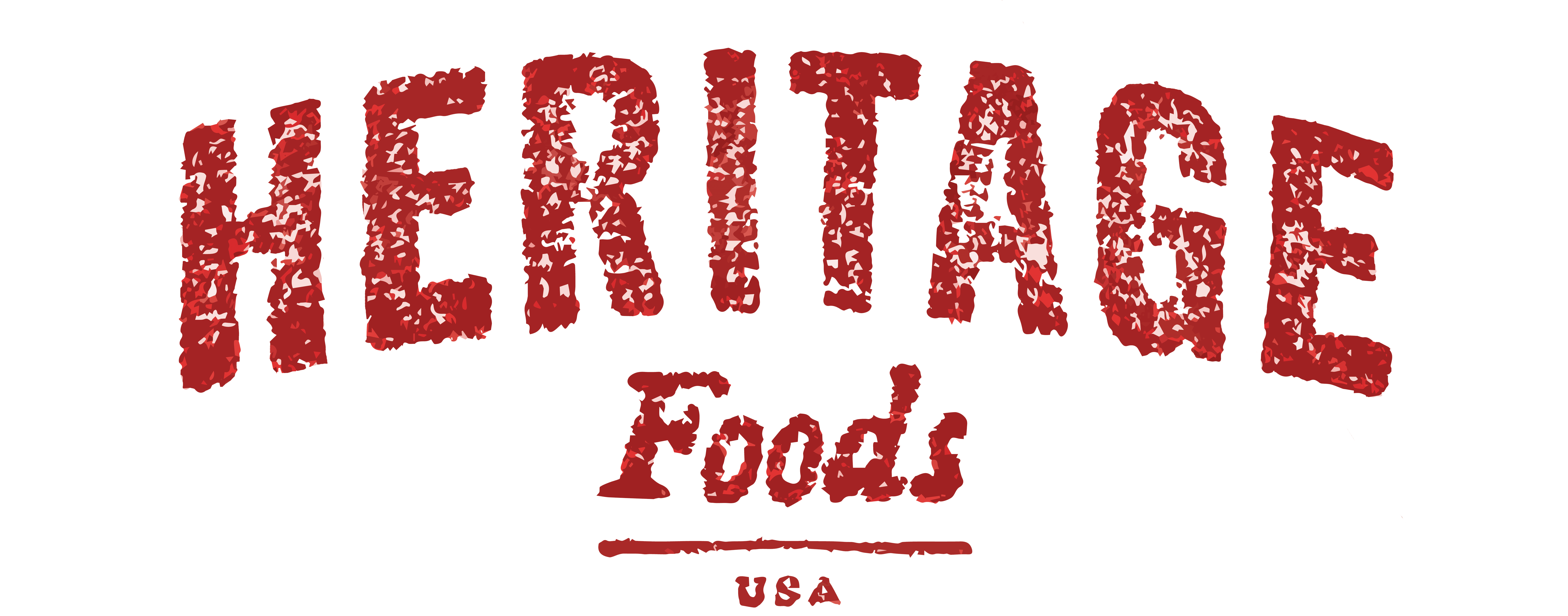
The Economics of Ham
There are few foods more American than ham. We are a nation that eats ham steaks for breakfast, slices layered on a sandwich for lunch, and presented family style on platters for run-of-the-mill weekday dinners. On our most important occasions — from Easter and Christmas to birthdays and weddings — the nation's pork-eating cultures serve ham as a centerpiece. City ham, Country ham, fresh ham — all are welcome at these tables.
All hams start off as massive, 20 to 30 pound lean roasts from the hind of a pig, two per animal. From there, ingenuity takes over. Roasting a fresh bone-in ham, the way one would a fattier pork shoulder, is an all-day endeavor. Lightly curing a ham with a mix of herbs, spices and some sweetness such as a spiral ham, transforms this workhorse into a vehicle for a myriad of local and regional ingredients. Covered in salt and dry-aged for years, a ham becomes prosciutto, a rare delicacy of the first order when treated properly by a true artisan and sliced so paper thin that it begins to melt as it hits the tongue.
As a nose-to-tail pig distributor, we love that ham is so universal. But while ham is ubiquitous, our wholesale buyers of hams are not. Hams take up a lot of space and because of the sheer time commitment needed to cure hams before they are ready for market — up to 2 years in the case of prosciutto — not many restaurant chefs are in the do-it-yourself ham game.
To offer some context, Heritage Foods has about 150 wholesale accounts with restaurants and butchers, but only seven major wholesale ham accounts. Cesare Casella is one. He buys the hams, cures them and sells them back to us as a prosciutto.
Heritage goes where the ham goes, more than any other cut. It's the fate of any nose-to-tail operation, whether you are a farmer or distributor. Because the two hams on a pig total about 50-60 pounds of a 230-pound animal, the financials of the business are largely decided by how high a price can be commanded by the ham.
Also, farmers and distributors like pigs to come in large — chefs for example love larger boston butts (shoulders), and large eyes on the pork loins (chops). But how big is too big? The ham buyers decide that — if the ham becomes too large, the ham buyer doesn’t want it, for reasons that include the added time it takes to cure it. And when the ham buyer says no thank you, that is not a good thing!
This is a key reason that while most pig cuts come in only a few forms, hams come bone-in, boneless, halved, diced, spiraled, sliced, and shaved! We love the ham but we fear it too as it determines how our business proceeds. But just when we start to worry about it, we sink our teeth into a sliced prosciutto from Volpi, Casella’s, Broadbent’s, Benton's, Edwards or Colonel Newsom’s and our worries seem to melt away — the sublime flavor is worth the hard work!
All hams start off as massive, 20 to 30 pound lean roasts from the hind of a pig, two per animal. From there, ingenuity takes over. Roasting a fresh bone-in ham, the way one would a fattier pork shoulder, is an all-day endeavor. Lightly curing a ham with a mix of herbs, spices and some sweetness such as a spiral ham, transforms this workhorse into a vehicle for a myriad of local and regional ingredients. Covered in salt and dry-aged for years, a ham becomes prosciutto, a rare delicacy of the first order when treated properly by a true artisan and sliced so paper thin that it begins to melt as it hits the tongue.
As a nose-to-tail pig distributor, we love that ham is so universal. But while ham is ubiquitous, our wholesale buyers of hams are not. Hams take up a lot of space and because of the sheer time commitment needed to cure hams before they are ready for market — up to 2 years in the case of prosciutto — not many restaurant chefs are in the do-it-yourself ham game.
To offer some context, Heritage Foods has about 150 wholesale accounts with restaurants and butchers, but only seven major wholesale ham accounts. Cesare Casella is one. He buys the hams, cures them and sells them back to us as a prosciutto.
Heritage goes where the ham goes, more than any other cut. It's the fate of any nose-to-tail operation, whether you are a farmer or distributor. Because the two hams on a pig total about 50-60 pounds of a 230-pound animal, the financials of the business are largely decided by how high a price can be commanded by the ham.
Also, farmers and distributors like pigs to come in large — chefs for example love larger boston butts (shoulders), and large eyes on the pork loins (chops). But how big is too big? The ham buyers decide that — if the ham becomes too large, the ham buyer doesn’t want it, for reasons that include the added time it takes to cure it. And when the ham buyer says no thank you, that is not a good thing!
This is a key reason that while most pig cuts come in only a few forms, hams come bone-in, boneless, halved, diced, spiraled, sliced, and shaved! We love the ham but we fear it too as it determines how our business proceeds. But just when we start to worry about it, we sink our teeth into a sliced prosciutto from Volpi, Casella’s, Broadbent’s, Benton's, Edwards or Colonel Newsom’s and our worries seem to melt away — the sublime flavor is worth the hard work!
